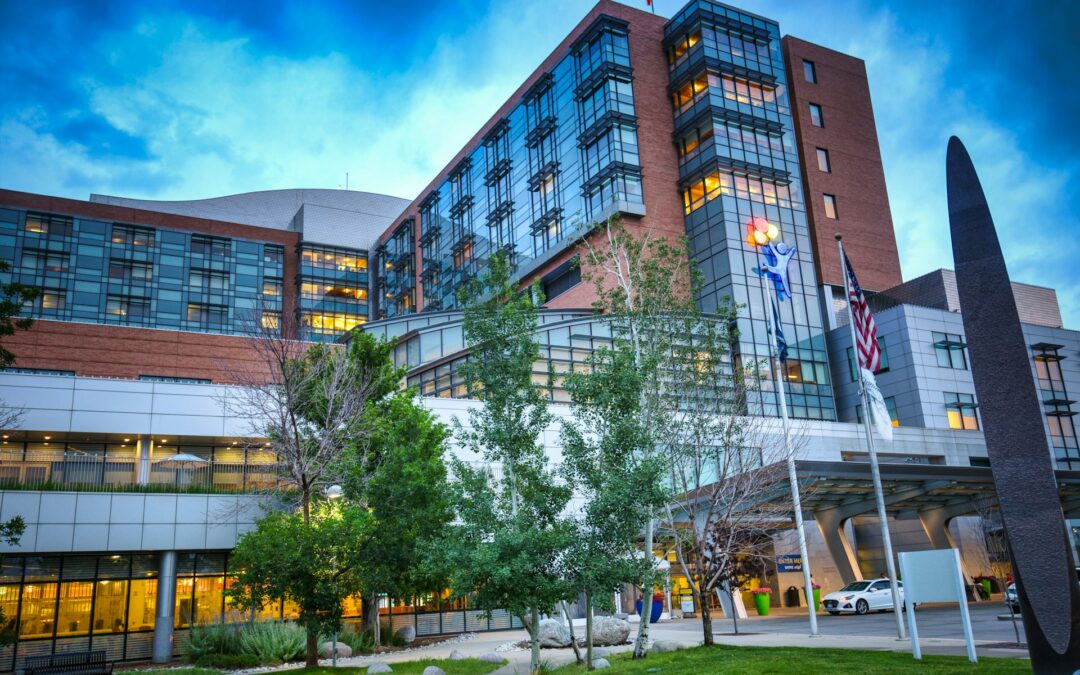In an evolving world with a growing concern for the environment and public health, architecture and design play a significant role in promoting sustainability and wellbeing. As a full-service architectural firm based in Salt Lake City, Utah, Archiplex Group is committed to integrating sustainable practices into its projects across various sectors. In this article, we will focus on one particularly crucial area – healthcare facilities – and delve into how sustainable design practices by Archiplex Group can positively impact both the efficiency of these establishments and the wellbeing of their patients.
Stay with us as we further explore sustainable design practices in healthcare facilities, the benefits they offer for patient wellbeing and business efficiency, and real-world examples of Archiplex Group’s expertise in this field.
Incorporating Energy-Efficient Technologies in Healthcare Facilities
One sustainable design practice that has gained significant traction in recent years is the utilization of energy-efficient technologies within healthcare facilities. The integration of solar panels, LED lighting, and optimized HVAC systems can significantly lower a building’s energy consumption. These technologies not only contribute to reduced greenhouse gas emissions but also help healthcare providers save on their utility bills. For instance, LED lighting requires up to 80% less energy than traditional incandescent bulbs and lasts considerably longer, thereby reducing long-term electricity and maintenance costs.
Another consideration is the implementation of smart building automation systems. These systems can monitor and control various aspects of the building’s performance, such as lighting, temperature, humidity, and air quality. By proactively managing and adjusting these factors, healthcare providers can further enhance energy efficiency and create a more comfortable environment for both patients and staff.
Emphasizing Water Conservation and Waste Reduction Strategies
Water conservation and waste reduction are two additional aspects that contribute to sustainable healthcare facility design. Implementing low-flow fixtures, greywater recycling systems, and rainwater harvesting techniques can noticeably reduce a facility’s water consumption, which, in turn, conserves resources and saves on water bills. Moreover, incorporating waste reduction strategies, such as recycling programs and the use of biodegradable supplies, plays a vital role in lessening the environmental impact of healthcare facilities that generate substantial waste daily.
These sustainable practices not only benefit the environment but can also influence patients’ and staff members’ perception of the facility. When patients observe institutions embracing environmentally responsible practices, it fosters a sense of trust and builds the healthcare provider’s image as a responsible and forward-thinking organization.
Maximizing Green Spaces and Biophilic Design Elements
Biophilic design—a trend that integrates natural elements into architectural design—has been proven to provide various mental and physical health benefits for occupants of a space. In the context of healthcare facilities, incorporating green spaces, such as rooftop gardens, courtyards, or healing gardens, can be instrumental in providing patients with a calming, therapeutic atmosphere. Similarly, the inclusion of indoor plants, natural materials, and large windows that offer views of the outdoors can encourage a connection with nature, even within an urban environment.
The positive effects of biophilic design extend beyond aesthetics. Studies have shown that exposure to natural environments can reduce stress and anxiety, lower blood pressure, and even promote faster recovery in patients. Consequently, healthcare facilities that integrate biophilic design elements can enhance the patient experience and support improved health outcomes for those under their care.
Sustainable Building Materials and Construction Methods
The selection of sustainable building materials and construction methods is another crucial aspect of sustainable design in healthcare facilities. Incorporating eco-friendly materials, such as reclaimed wood, recycled metal, or low-VOC paints, can minimize the environmental impact of the construction process while ensuring a durable and resilient infrastructure. Additionally, adhering to green building standards like LEED certification can provide a robust framework for designing and constructing sustainable healthcare facilities.
In some cases, prefabricated and modular construction techniques can also contribute to a project’s sustainability. These methods can help in reducing material waste, shortening construction timelines, and ensuring greater control over quality and environmental impact. Given the advantages in terms of cost, time, and resource efficiency, prefabricated and modular construction are well-suited for healthcare projects that require a fast deployment or have limited budgets.
Embracing Sustainable Healthcare Facility Design
Sustainable design practices in healthcare facilities bring a multitude of benefits, including improved patient outcomes, financial savings, and a reduced environmental impact. As healthcare providers strive to cater to the ever-evolving global landscape, incorporating sustainable design principles becomes increasingly crucial for their long-term success.
Archiplex Group’s commitment to sustainable architectural design places them at the forefront of innovation in healthcare facility design. By understanding and addressing each project’s unique requirements, Archiplex Group is well-positioned to help healthcare providers navigate the challenges of sustainable design and create spaces that improve the health and wellbeing of both patients and the environment.

